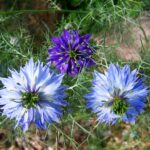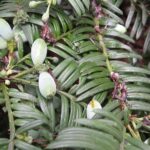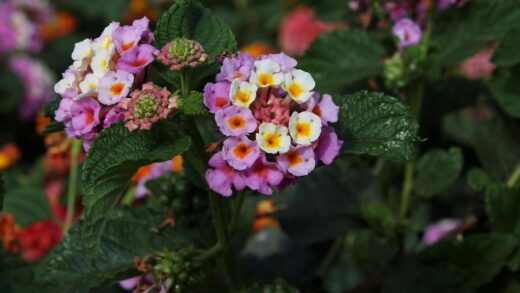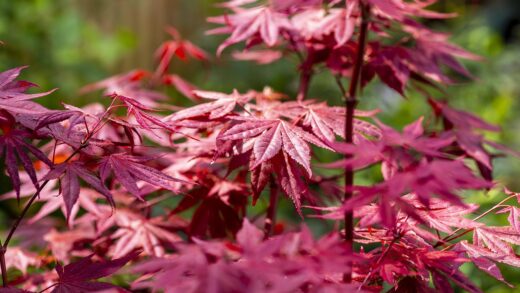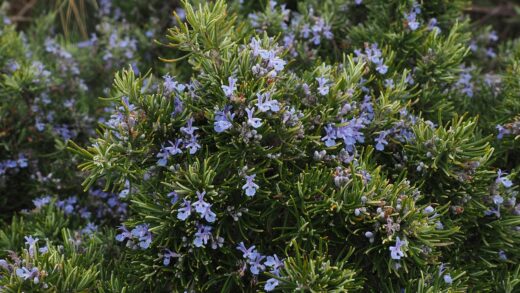The artichoke, this majestic-looking plant belonging to the thistle family, is not only considered a true delicacy in the world of gastronomy but also possesses unparalleled ornamental value in gardens. Its Mediterranean origin determines its basic needs, but with proper care and the application of the right cultivation technology, it can be successfully grown even in domestic climatic conditions. Although it is a perennial plant, due to the cold winters in regions like Hungary, it is often cultivated as an annual or as a perennial overwintered with thorough winter protection and covering. The key to successful cultivation lies in a deep understanding of the plant’s botanical characteristics and environmental requirements.
The fundamental condition for the successful cultivation of artichokes is ensuring a suitable climate, which primarily means a long, warm, and sunny growing season. The plant is particularly sensitive to frost; even light spring frosts can damage young shoots and growing plants, leading to a drastic reduction in yield or the death of the plant. For bud formation, meaning the development of the “fruit,” a so-called vernalization period, or cold treatment, is essential. In practice, this means the plant requires a few weeks of temperatures below 10 degrees Celsius but above freezing to induce the formation of floral initials.
Soil quality and structure are also critical factors for the artichoke, which is among the deep-rooting, nutrient-demanding plants. The ideal soil for it is a deep, well-drained, nutrient- and humus-rich, loose-textured loam or sandy loam. Good drainage is particularly important, as stagnant water can cause root rot, which is one of the most common causes of plant death. Regarding soil pH, it prefers a neutral to slightly alkaline medium, with a pH value between 6.5 and 7.5.
In terms of light and water needs, the artichoke loves a sunny location; at least 6-8 hours of direct sunlight per day are essential for abundant yields and the development of large buds. Its water requirement is significant, especially during the budding and growth period in the summer months. Although it is somewhat drought-tolerant due to its deep taproot, regular and abundant watering pays off in the form of larger, fleshier, and more tender flower buds. A consistent water supply is crucial for stress-free development and to prevent bitterness.
Propagating artichokes from seed
Propagation from seed is an established and widely used method that allows for the creation of a larger stock at a relatively low cost. However, it is important to know that plants grown from seed can show a certain degree of genetic variability, meaning that the offspring do not always fully inherit the favorable traits of the parent plant, such as bud size or thornlessness. For this reason, sourcing reliable, certified seeds is crucial for successful cultivation, as this guarantees varietal identity and good germination rates. Seed propagation is particularly recommended if you want to try new varieties in your garden.
More articles on this topic
In a climate like Hungary’s, it is definitely advisable to sow the seeds indoors under protected conditions about 8-10 weeks before the last expected spring frost, typically at the end of February or the beginning of March. Use high-quality seedling soil for sowing, and place the seeds about 1-1.5 centimeters deep, preferably individually, in biodegradable pots to minimize root disturbance during later transplanting. The optimal temperature for germination is between 21-24 degrees Celsius; under these conditions, the seedlings usually appear within 10-14 days. Keep the soil constantly moist during the germination period.
Before transplanting the young plants, a gradual hardening-off process is essential, during which the seedlings are exposed to outdoor environmental conditions for progressively longer periods over 7-10 days. This step prevents transplant shock and helps the plants adapt smoothly to their new location. They should be planted out in their final position when the danger of frost has definitely passed. Due to their large basal rosette of leaves, a spacing of at least 1-1.5 meters between plants and rows must be provided to give them enough space to develop.
For plants grown from seed, especially in cooler climates, artificial cold treatment, or vernalization, may be necessary to induce them to produce a crop in the first year. This process promotes flower induction and its simulation is essential for a reliable harvest. In practice, this means keeping the young seedlings, once they have a few true leaves, in a location with a temperature between 4-10 degrees Celsius for about 10-14 days before planting them out. This cold shock encourages the plant to enter the generative, or fruit-bearing, phase instead of the vegetative growth phase.
Vegetative propagation of the artichoke
Vegetative propagation methods, such as division or separating root suckers, guarantee that the new plants are genetically identical to the parent plant. This method is the surest way to maintain and further propagate individuals with proven, favorable traits—such as large, fleshy buds, high yields, or resistance to diseases. Vegetative propagation is usually carried out in early spring, after the frosts have passed, or in autumn, after the harvest, when the plant is dormant. This technique allows one to obtain productive plants more quickly than with seed sowing.
More articles on this topic
The most common vegetative propagation technique is crown division, which should be performed on vigorous, healthy plants that are at least two to three years old. During the operation, the plant is carefully lifted from the ground, or at least a part of the root system is exposed, to make the suckers developing on the side of the mother crown clearly visible. Use a sharp, sterilized knife or spade to separate these side shoots, ensuring that each separated part has its own well-developed root system and at least one or two shoots. After the intervention, the mother plant should be replanted in its original location.
The separated suckers must be planted as soon as possible to prevent the roots from drying out. The planting depth and method are the same as described for transplanting seedlings, but here we are working with larger, more developed plant parts. The planted suckers should be watered thoroughly so that the soil settles well around the roots, and for the first few days, it may be advisable to shade them from excessive sunlight to reduce stress and promote establishment. With proper care, these plants can produce an abundant crop in the following year.
Another method used in professional cultivation but less common in home gardens is root cuttings. This procedure is typically carried out in late winter, during the plant’s dormant period. During this process, 10-15 centimeter long pieces are cut from the plant’s thick, fleshy roots. These root pieces are placed horizontally in a loose, sandy medium and kept in a cool, but frost-free, protected place until spring. With the warming weather, the cuttings develop shoots, and the new plants can be planted out in the open field after the danger of frost has passed.
Care, harvesting, and overwintering
The artichoke is an extremely nutrient-demanding plant, so for an abundant harvest, regular and balanced nutrient replenishment is essential. When planting, incorporate plenty of well-rotted manure or compost into the soil, which provides the necessary foundation for initial growth. During the growing season, especially during bud formation, additional top-dressing with a complex fertilizer, primarily high in nitrogen and potassium, is recommended. Mulching the soil not only inhibits weed growth but also helps to conserve soil moisture and maintain a uniform temperature.
Pest and disease control is crucial for maintaining a healthy stand. The most common pests are aphids, which multiply on the undersides of leaves and on young shoots, as well as snails and slugs, which damage tender leaves and buds. Among diseases, powdery mildew can be a problem in humid, warm weather, while root rot is a risk in poorly drained soil. For prevention, ensure adequate plant spacing for good air circulation and apply integrated pest management strategies.
The harvesting of artichoke buds is timely when they have reached their variety-specific size, are compact and closed, and the bracts (the “leaves” of the bud) have not yet begun to open and discolor. The bud on the central, main stem matures first, followed by the generally smaller buds that develop on the side shoots. To harvest, use a sharp knife and cut the bud along with a stem of about 5-7 centimeters from the plant. Regular harvesting encourages the plant to develop more side shoots and buds.
In climates with freezing winters, like Hungary, overwintering the artichoke is essential if you want to grow it as a perennial. After the first serious frosts, when the foliage has browned and withered, cut the plant’s stems back to a height of about 20-30 centimeters above the ground. Then, cover the crown thoroughly with a thick layer of straw, dry leaves, or compost, at least 20-30 centimeters deep. It is advisable to protect this insulating layer with a waterproof but breathable cover to keep the crown dry and frost-free through the cold months.








